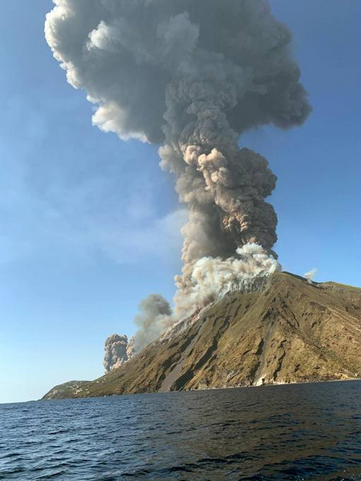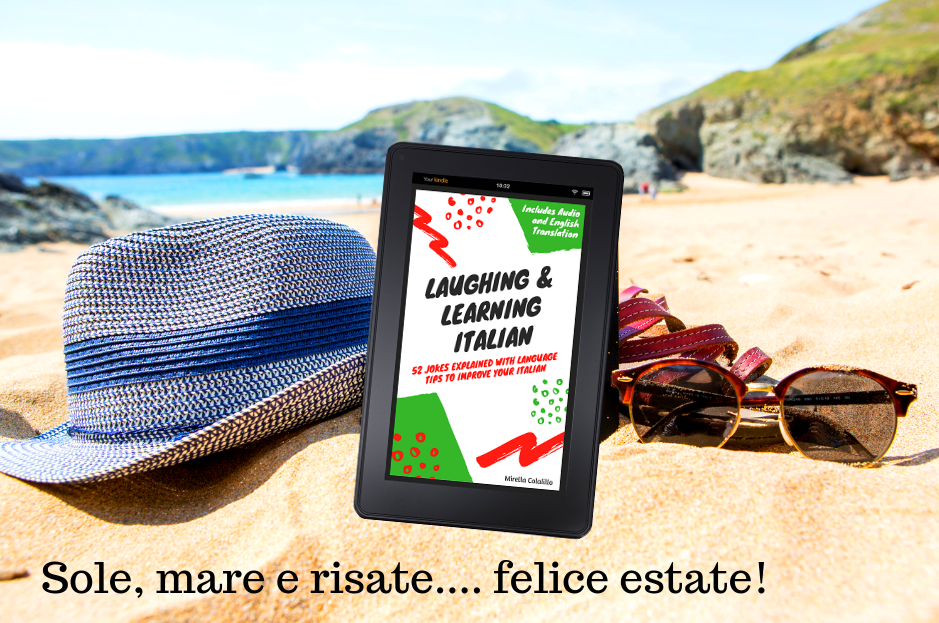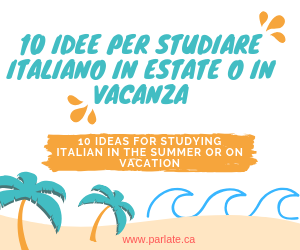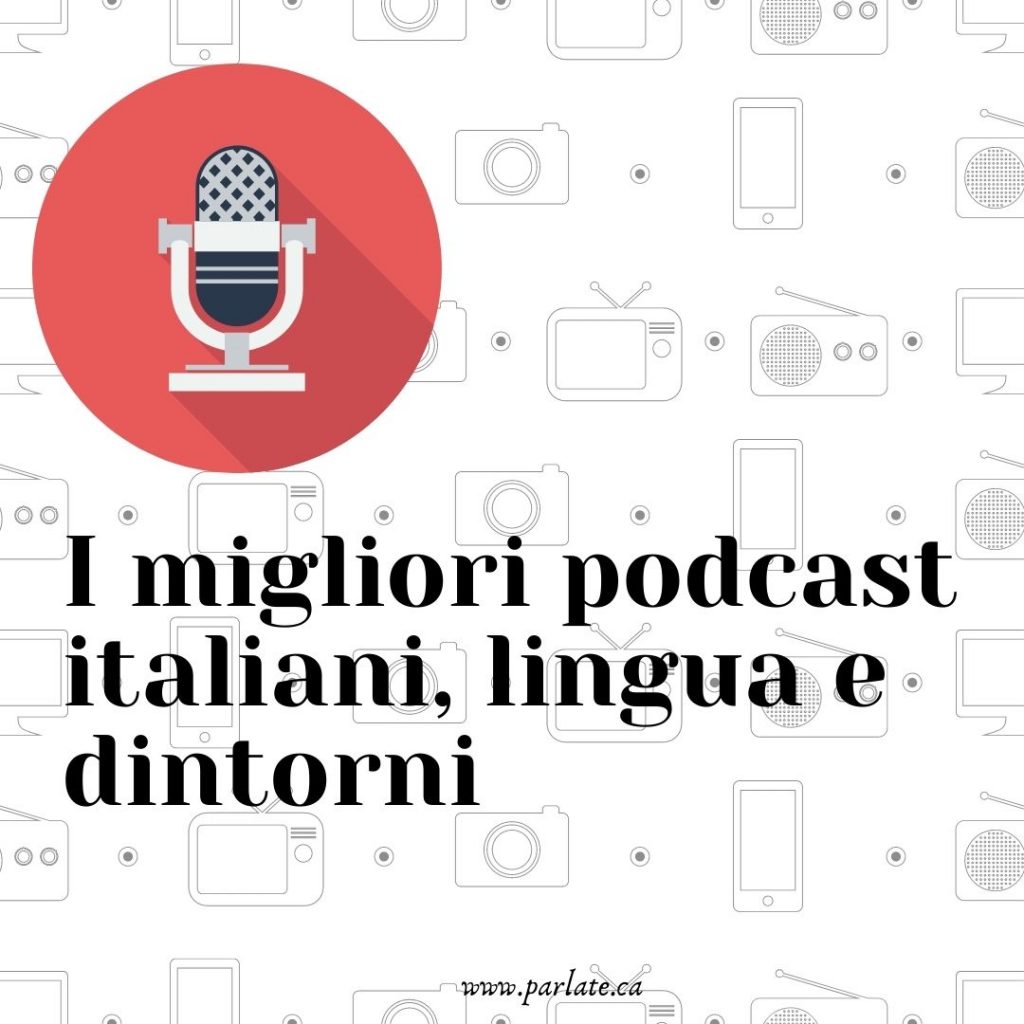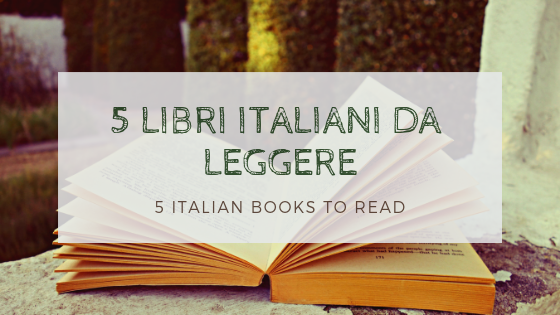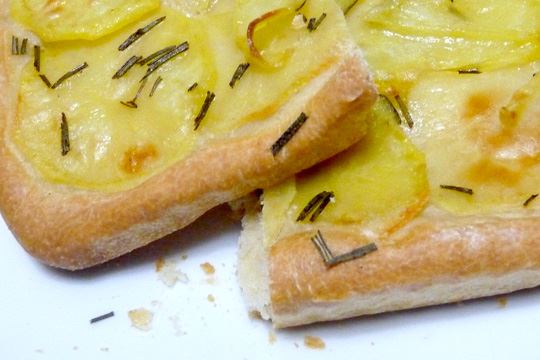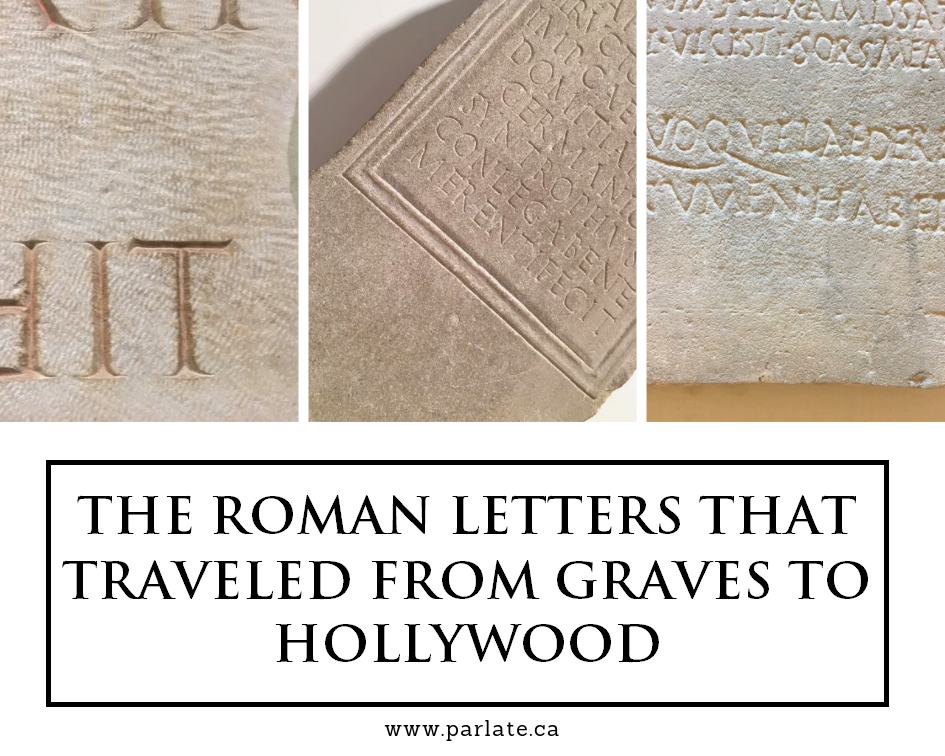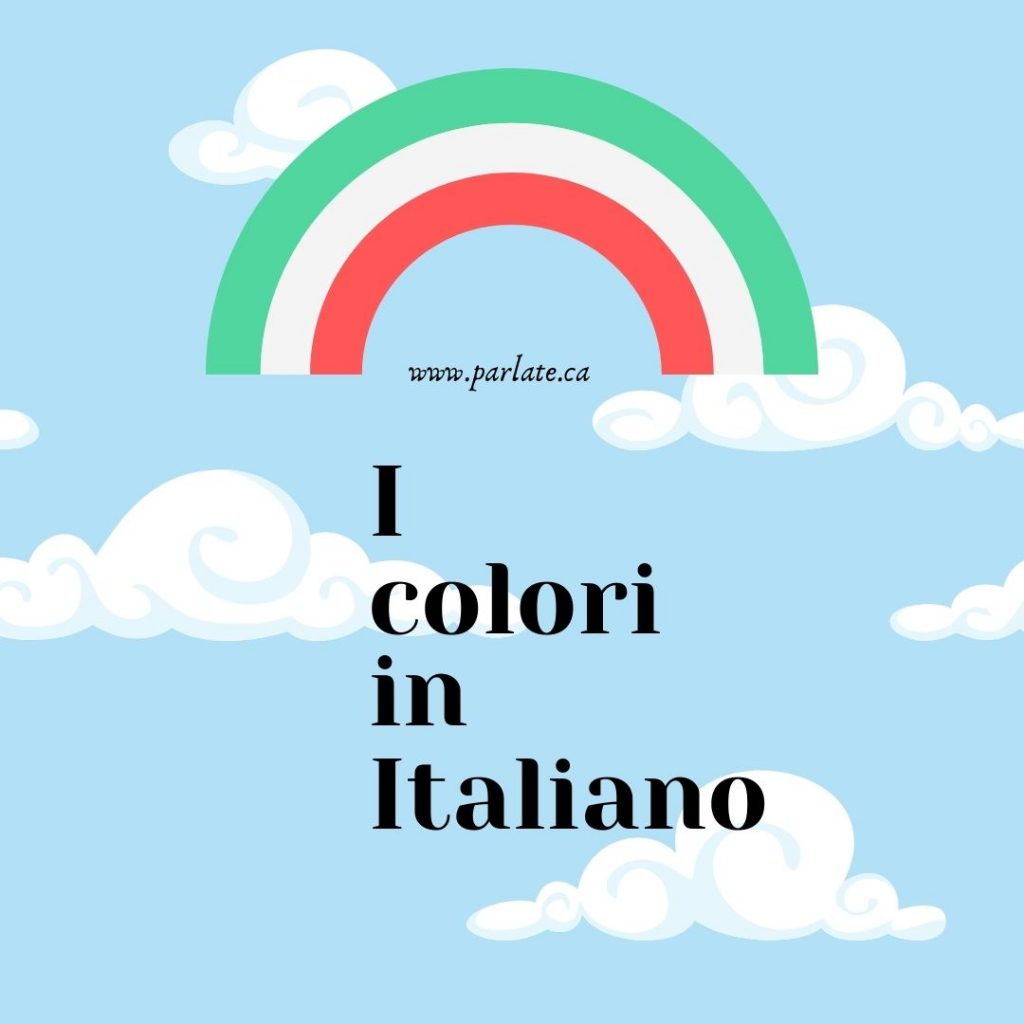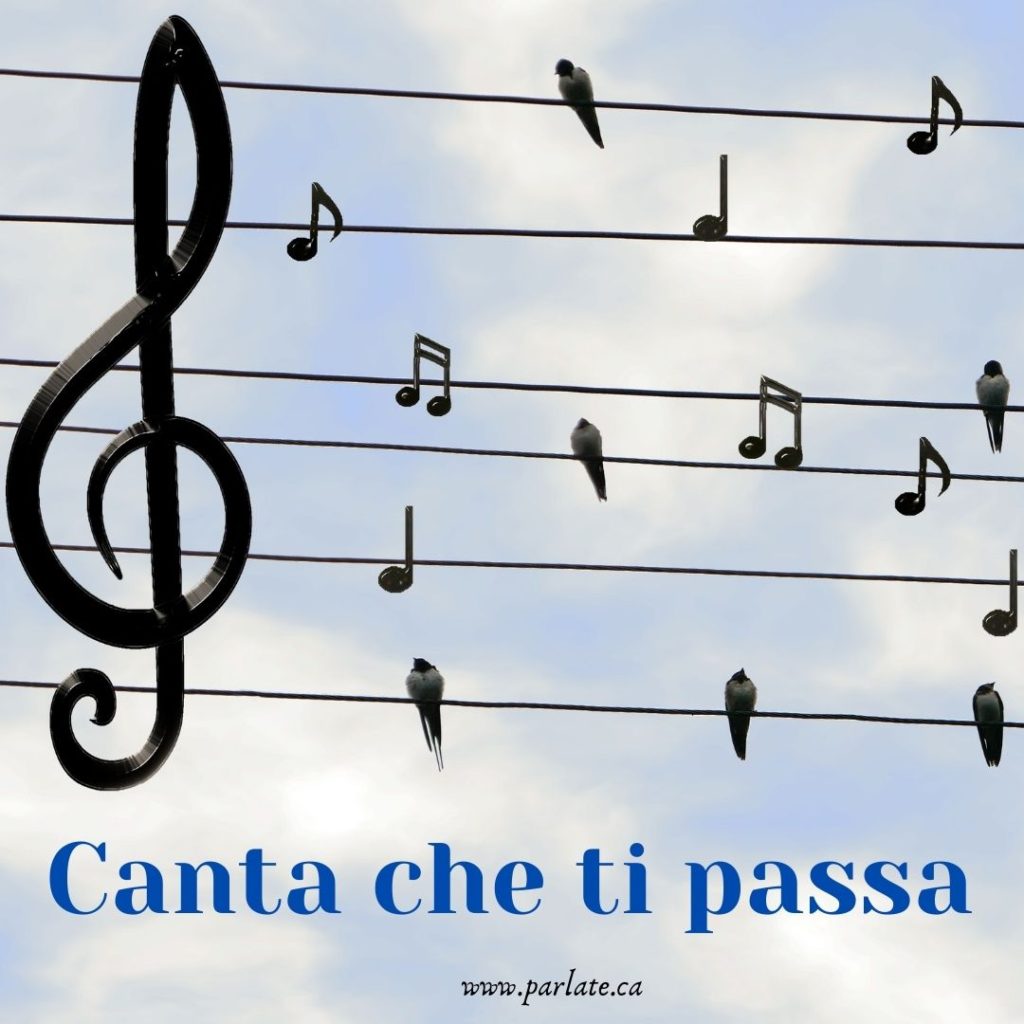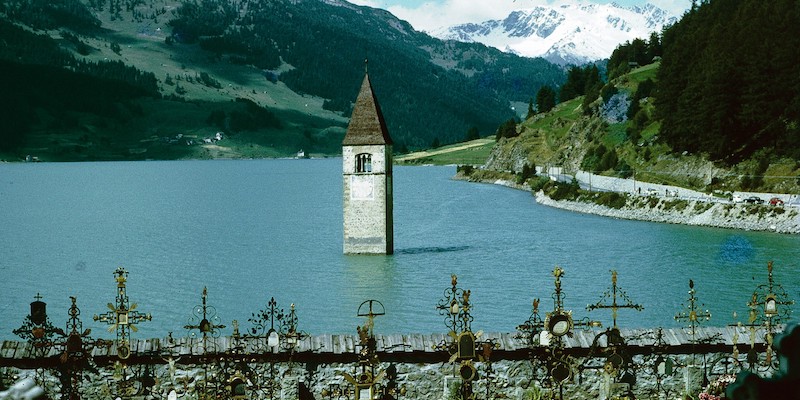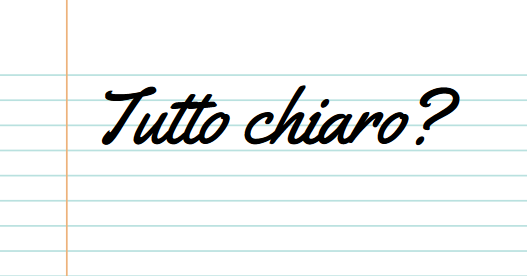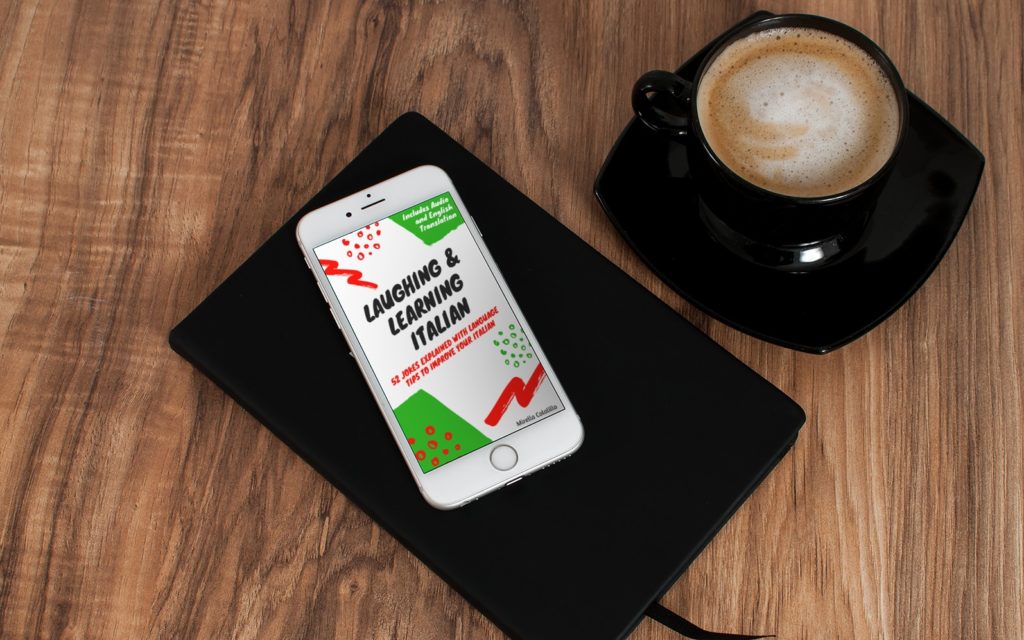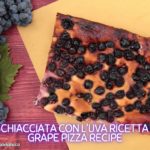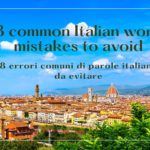In quest’articolo mio fratello ci parla della sua passione per il ciclismo e della scoperta dei magici luoghi italiani del ciclismo. Il titolo “Pedalando i luoghi del ciclismo” non è di facile traduzione in inglese. Mentre sarebbe facile in francese “En pédalant les lieux du cyclisme”.
Azzardiamo con “Mountains, cycling, and fresh air in Italy?” 😃
In this article my brother talks about his passion for biking and the discovery of the magical Italian places of cycling. The title “Pedalando i luoghi del ciclismo” is not easy to translate into English. While it would be easy in French “En pédaler les lieux du cyclisme”.
Shall we dare with “Mountains, cycling, and fresh air in Italy?” 😃
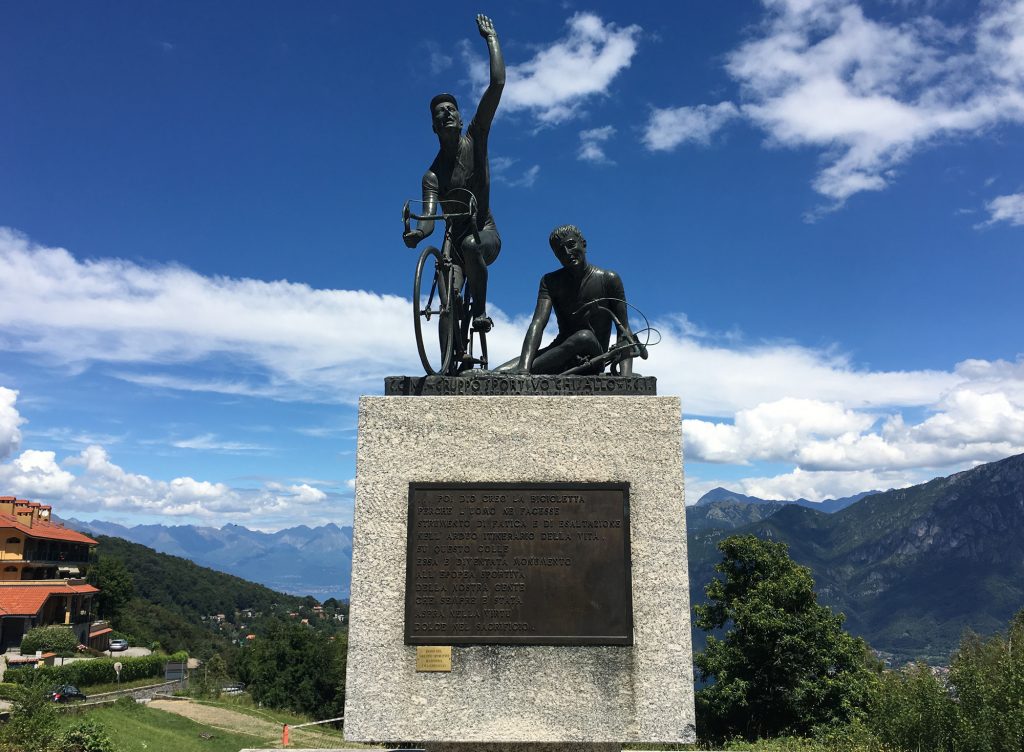
Quest’anno l’estate proprio non vuole arrivare e forse neanche la primavera, dicono che sia stato il maggio più freddo dal 1957, nello stesso periodo in cui si è svolto uno degli eventi ciclistici più importanti del mondo, il Giro d’Italia.
This year summer just doesn’t want to come and perhaps not even spring, they say it was the coldest May since 1957, and during that same period, one of the most important cycling events in the world took place, il Giro d’Italia.
Come è noto, il Giro d’Italia attraversa i posti più belli d’Italia soprattutto montani, e quest’anno la tappa che prevedeva il passo Gavia non si è svolta. Parliamo di una salita di circa 26km che da Bormio (1.220m s.l.m.) sale fino a 2.621 s.l.m ed è tuttora coperta di neve.
As many know, il Giro d’Italia crosses the most beautiful places in Italy, especially those in the mountains, and this year the stage that included il passo Gavia did not take place. We’re talking about a slope of about 26km which from Bormio (1.220m above sea level) rises up to 2.621m and is still covered with snow.

Io ancora non mi sono misurato con il passo Gavia nè con lo Stelvio (foto sopra), ma probabilmente lo farò durante questa estate, perché prima o poi la neve si scioglierà dato che un paio di settimane fa è arrivato il primo giorno caldo di questo lungo inverno. In quei giorni mi sono detto che dovevo affrontare una di quelle salite leggendarie, per chi ama fare sport ed andare in bici. Quel giorno inoltre decido di incontrarmi con altri amici per fare una sgambata di gruppo.
I haven’t yet measured myself with il passo Gavia nor with lo Stelvio (pictured above), but I will probably do it this summer, because sooner or later the snow will melt having the first hot day of this long winter arrived a couple of weeks ago. I told myself then that I had to tackle one of those climbs which are legendary for those who love sports and cycling. That day I also decided to meet with other friends to do a group ride.
Chilometro dopo chilometro capisco presto che abbiamo obiettivi diversi e la mia indole solitaria ottiene la meglio, ma in quei chilometri penso anche che quest’anno mi sono allenato poco e con la bici è meglio non esagerare. Avevo all’orizzonte il mio secondo Triathlon della stagione, quindi un allenamento in buona compagnia sarebbe stata una scelta saggia.
Kilometer after kilometer I soon understand that we have different objectives and my solitary nature prevails , but in those kilometers I also think that this year I have trained little, and it’s better not to overdo it with my bike. I had my second Triathlon of the season on the horizon, so a workout in good company would be a wise choice.
Ci dirigiamo come succede spesso in una zona dove molti ciclisti lombardi si allenano, il così detto Triangolo di Lariano, che è la penisola fra i due rami del lago di Como. Questa zona presenta strade un po’ per tutti i gusti e salite di difficoltà diverse, come il Ghisallo, tappa obbligata per i ciclisti e storica salita che ha reso celebre il Giro d’Italia. Qui si trova anche il Santuario della Madonna del Ghisallo, una piccola chiesa dove ai lati della cappella sono esposte le bici di leggende del ciclismo come Coppi, Bartali, Gimondi, ed altri.
We head as often happens in an area where many Lombard cyclists train, the so-called Triangolo di Lariano, which is the peninsula between the two branches of Lake Como. This area has roads for all tastes and slopes of different degrees, such as Ghisallo, a must for cyclists and a historic slope that made il Giro d’Italia famous. Here you will also find the Sanctuary of the Madonna del Ghisallo, a small church on the sides of the chapel where the bikes of cycling legends are exhibited such as Coppi, Bartali, Gimondi, and others.
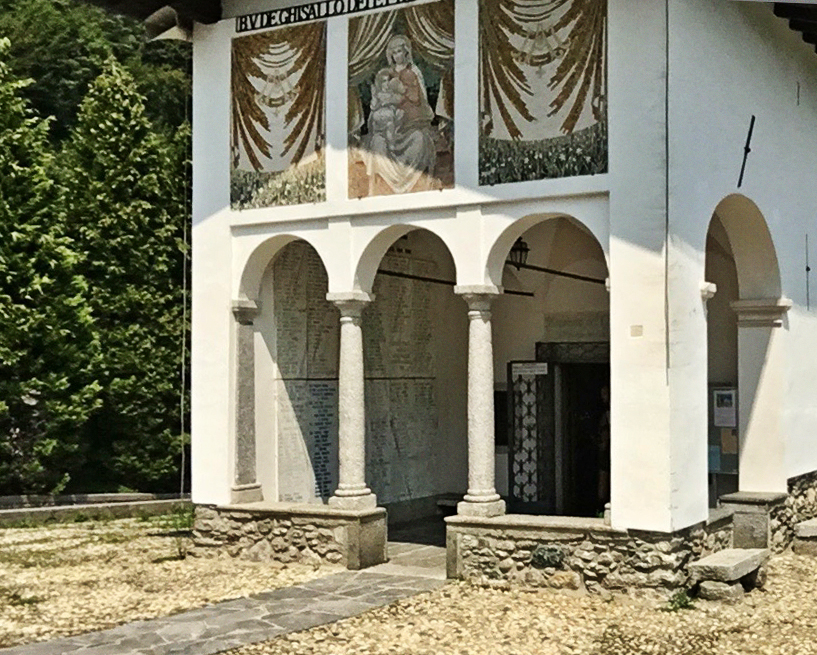
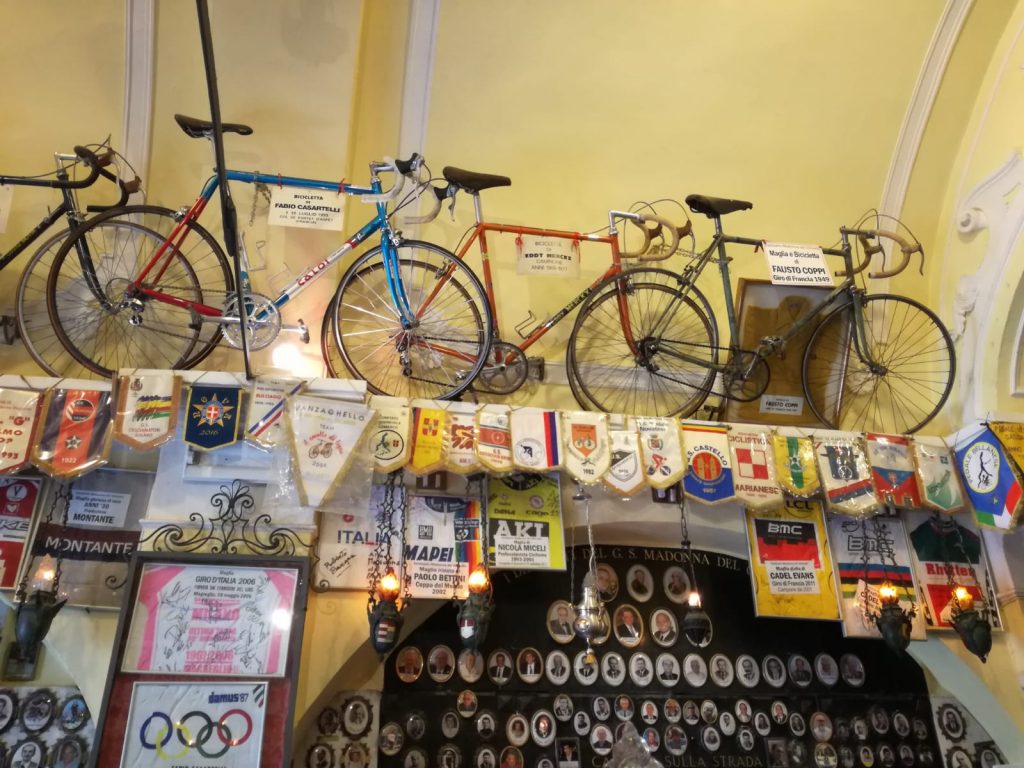
Dunque siamo in una bellissima zona, fra verde e laghi e ci fermiamo tutti insieme dopo 40km per bere e ricaricare le borracce. Alla ripartenza dopo solo qualche km vedo un’insegna: c’è scritto Sormano. Non ero sicuro che saremmo passati di lì, mi guardo alle spalle poi guardo avanti e decido in pochi secondi di abbandonare il gruppo per proseguire in solitaria.
So we are in a beautiful area, between green landscapes and lakes and we all stop together after 40km to drink and recharge our water bottles. When we restart, after only a few km I see a sign: it says Sormano. I wasn’t sure we would have gone by there, I look over my shoulder and I look ahead and decide in a few seconds to leave the group to go on alone.
È da troppo tempo che voglio fare questo percorso famoso per la sua durezza e che conduce ad un mostro sacro, il Muro di Sormano, una delle salite più dure del mondo. Curva dopo curva salgo, la salita introduttiva, che porta al muro, mi sembra abbordabile, non è troppo difficile, basta tenere il passo giusto senza esagerare, ma ad un tratto vedo l’insegna che mi indica che da quella parte inizia il Muro di Sormano. Faccio una piccola pausa di riflessione per apprezzare anche l’insegna storica che indica il percorso, quindi inforco la bici e riparto. Dopo una brevissima discesa di qualche decina di metri, la salita del Muro mi viene incontro e si presenta già durissima. Per quanto i giorni prima ci avessi pensato non avevo pianificato di farla proprio in quel momento, quindi la mia preparazione non era adeguata, ma pedalata dopo pedalata vedo che riesco ad avanzare.
For too long I have wanted to undertake this route renowned for its difficulty and which leads to a sacred monster, il Muro di Sormano (the Wall of Sormano), one of the toughest slopes in the world. Curve after curve I climb the introductory slope, which leads to the wall and seems doable to me. It’s not too difficult, as long as I keep up the pace without exaggerating, but suddenly I see the sign that indicates that il Muro di Sormano starts over there. I take a little break to reflect and to appreciate the historical sign indicating the route, then I get on the bike and keep going. After a very short descent of a few metres, the slope of the wall comes towards me and it’s already very hard. Although I had thought about it days before , I hadn’t planned to do it right then, so my preparation wasn’t adequate, but after pedaling I see that I’m able move forward.
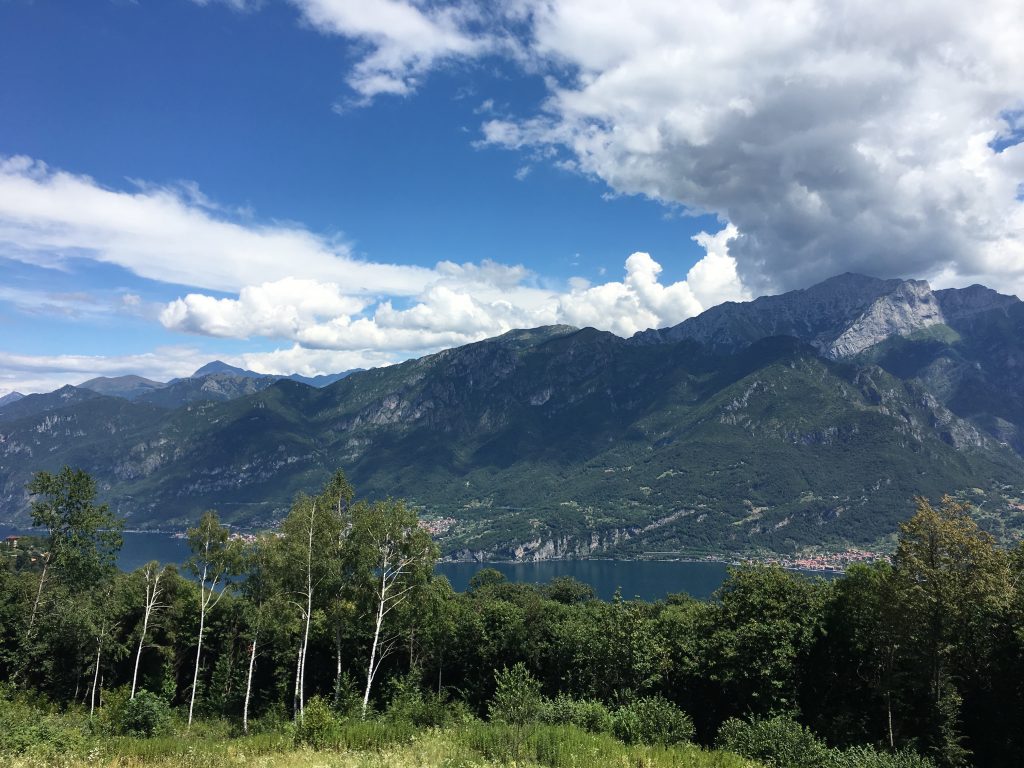
Il Muro di Sormano divenne famoso nel 1960 quando venne inserito nel Giro di Lombardia, infatti durante la salita sull’asfalto sono impresse frasi ed informazioni legate alla salita stessa. Negli ultimi anni tale salita fa parte anche del durissimo Giro del Demonio, evento annuale che si svolge sempre nel Triangolo di Lariano, che prevede le più dure salite della zona.
Il Muro di Sormano became famous in 1960 when it was included in il Giro di Lombardia, in fact during the climb you’ll see written on the asphalt sentences and information related to the climb itself. In the last few years this slope is also part of the very hard Giro del Demonio, an annual event that always takes place in the Triangolo di Lariano, which includes the toughest climbs in the area.
Mi fermo alcuni secondi per riprendere le energie e capire se quello sarà il giorno giusto per arrivare in cima. Con una certa caparbietà mi rimetto in sella e continuo. Date le pendenze, è molto difficile riprendere il ritmo senza rischiare di cadere. Gambe e fiato ci sono, ma la salita sembra lunghissima, non avendo pianificato nulla, non ricordavo esattamente quale fosse la lunghezza del Muro. Mi fermo ancora una volta e decido che è l’ultima pausa, intanto vedo i numeri segnati sull’asfalto e che indicano l’avvicinarsi della vetta, ma i picchi di oltre 20% di pendenza si facevano sentire e la bici scricchiola.
I stop a few seconds to regain my energy and understand if that will be the right day to reach the summit. With a certain stubbornness I get back in the saddle and continue. Given the gradients, it’s very difficult to pick up the pace without risking to fall. My legs and breath are keeping up, but the climb seems very long not having planned anything and not remembering exactly what the length of the Wall was. I stop once more and decide that it’s the last pause, meanwhile I see the numbers on the asphalt that indicate I’m approaching the summit, but I can feel the peaks of more than 20% gradient and the bike is creaking.

Dopo l’ultimo tornante vedo un cancello di legno e capisco che l’odissea di quasi 2km è finita. Sì, solo 2km che per i più allenati si percorrono in 15′-20′. Arrivo al cancello, scendo bevo, mangio e mi godo il panorama pensando alla salita appena affrontata, alle sensazioni e ai pensieri, capendo che questa non sarà l’ultima volta.
È solo un arrivederci!
After the last hairpin bend I see a wooden gate and I understand that the odyssey of almost 2km is over. Yes, it’s only 2km which for the more trained cyclists can be completed in 15′-20′. I reach the gate, I get off the bike, I drink, I eat, and I enjoy the landscape thinking of the climb I just confronted the sensations and thoughts, realizing that this will not be the last time.
It’s just a goodbye!
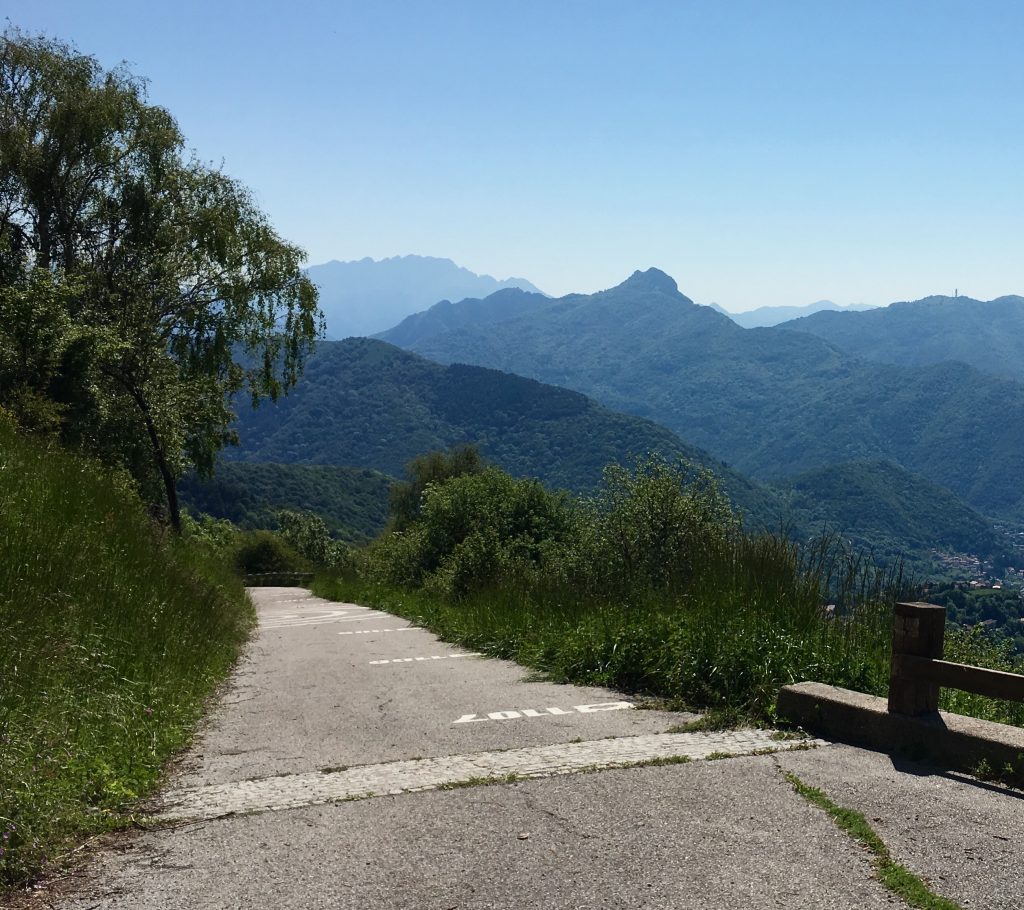
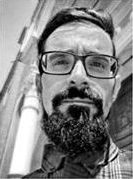
Leo Colalillo è un designer grafico laureato con la Lode all’Istituto Europeo del Design di Roma. Lavora tra Roma e Milano. I suoi lavori si trovano su MyFonts e sono pubblicati su Typodarium (2016, 2017, 2019).
Web: http://leocolalillo.com/
Leo Colalillo is a graphic designer graduating with honors at the European Institute of Design in Rome. He works between Rome and Milan. His works can be found on MyFonts and are published on Typodarium (2016, 2017, 2019).
Web: http://leocolalillo.com/
Scopri tutti i miei articoli recenti ~ discover all my recent articles:


